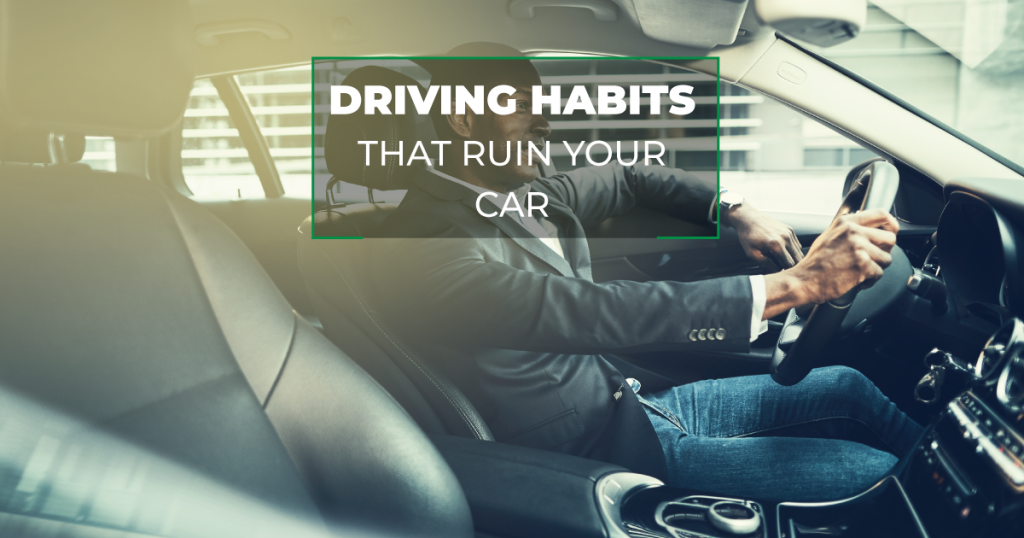Buying a vehicle is a big achievement for many, especially first-time owners. However, there are peculiar driving habits that many drivers acquire over time, that eventually take a toll on their vehicle and subsequently dent their wallets. Below are some of these habits;
Drive with handbrake engaged
Sometimes we get preoccupied and distracted by daily activities. Many drivers drive off without disengaging the handbrake. What happens is that we damage the drum-brake horseshoe linings and the parking pawl trigger, thus the handbrake loses its effectiveness when you need it most, e.g during uphill starts. Newer vehicles have electronic park brakes that disengage automatically when you drive off without disengaging the handbrake.
Running with low fuel
In Kenya, this is known as ‘I know my car’ phenomenon. We always assume that we know how much fuel is in the tank and what distance it will take to empty. Normally low fuel indicator lights up when fuel is at a tenth level and the average distance is about 60 kilometres. The reason why it lights up at this mark is because the fuel level is way below the required level to cool the immersed fuel pump. If you keep driving on low regularly, the pump will overheat and eventually fail.
Engaging drive gear suddenly from reverse position
Sudden shifting of gears from drive to reverse and vice versa causes drivetrain to wear particularly on the torque converter. The fluid clutches end up failing as the load sensors struggle to sense the change of fluid pressure within the torque converter. Always come to a complete stop before engaging any gear. This will help you preserve your gearbox and axles in the long run.
Revving a cold engine
Before you drive off, let your car idle for a minute, as it helps distribute oil throughout the crankcase and engine. Idling gets the engine block up to temperature; therefore, sudden revving the engine can cause damage. Cold revving causes abrupt temperature changes that create stress between the engine’s tight-fitting components. Simply give it 60 seconds before you get on the road, and everything will have warmed up for efficient performance.
Riding the clutch
If you drive a car with manual transmission, ‘riding the clutch’ is the most common form of abuse on the drivetrain. This entails resting your leg partially on the clutch while the car is in gear. Also, keeping the clutch in when you’re stopped causes its surfaces to scrape against each other, wearing them out and creating the possibility of failure. It also can cause damage to the release bearing, release arm, and pressure plate. Use the clutch only to engage and disengage drive at all times to avoid costly repair bills on the clutch and pressure plate assembly.
Driving with coolant at a low position
Check your coolant level on a weekly basis to avoid damage to your vehicle’s radiator. The coolant liquid has a high boiling point hence it is used to cool down the engine block via the pressurized cooling system. If you run the car with no coolant the results will be devastating as you will damage the cylinder head gasket and potentially damage the water pump. If you notice the coolant level is dipping regularly, it indicates a leak in the system or the radiator has a hole. Ask your mechanic to do a radiator and hose inspection every time you service your vehicle.
